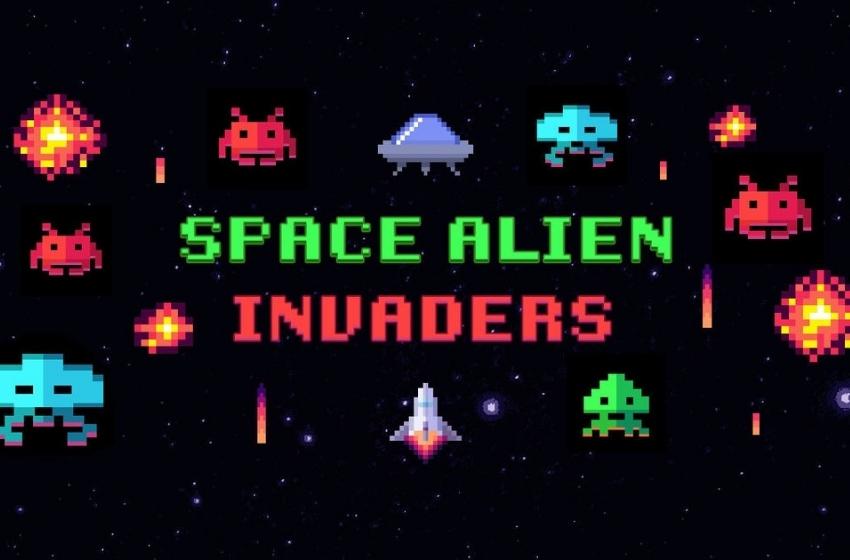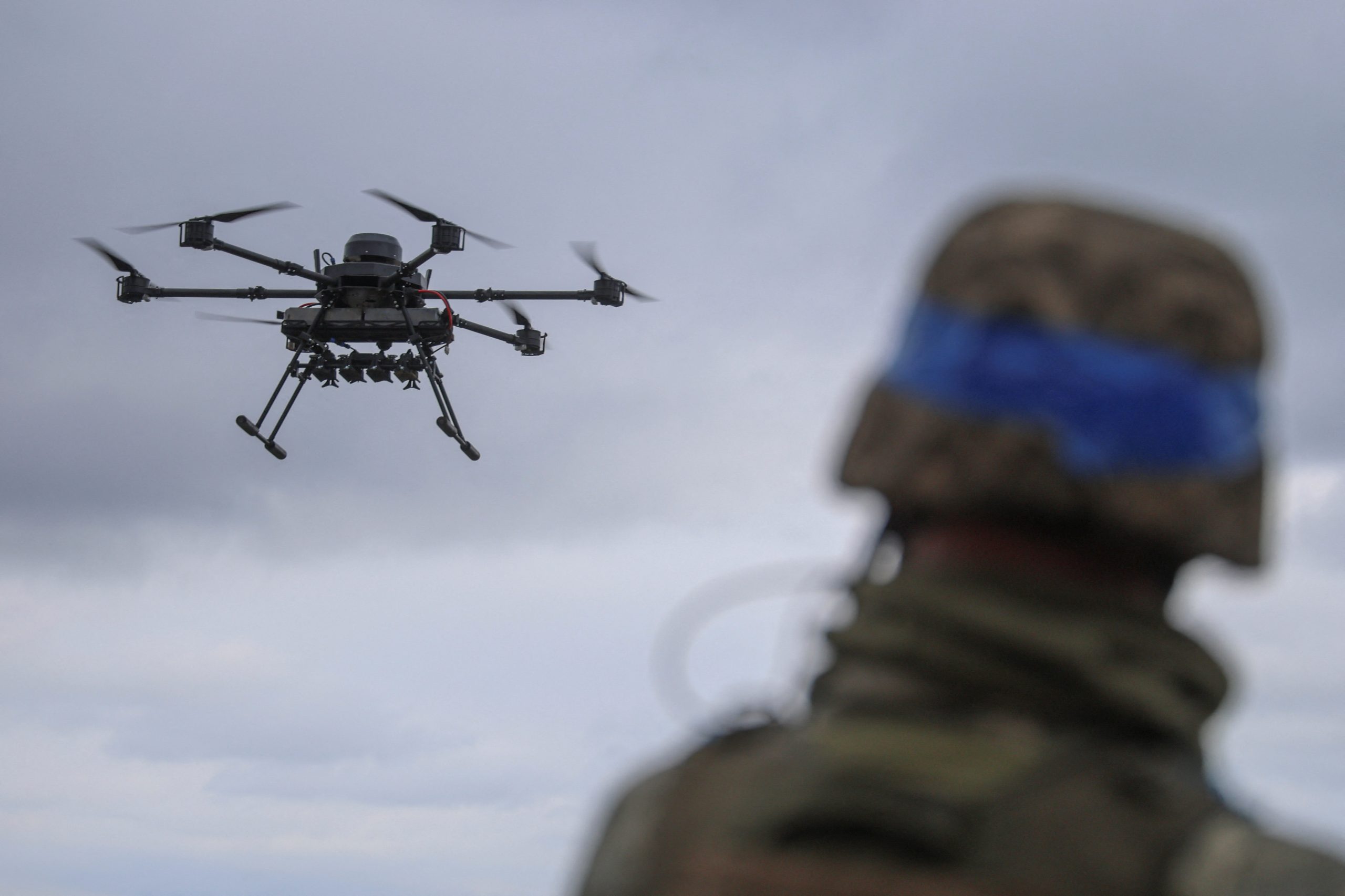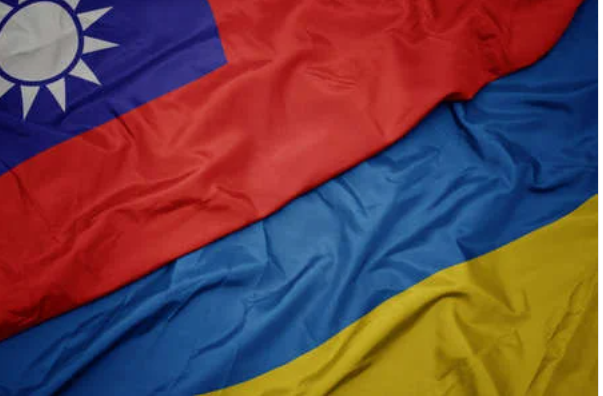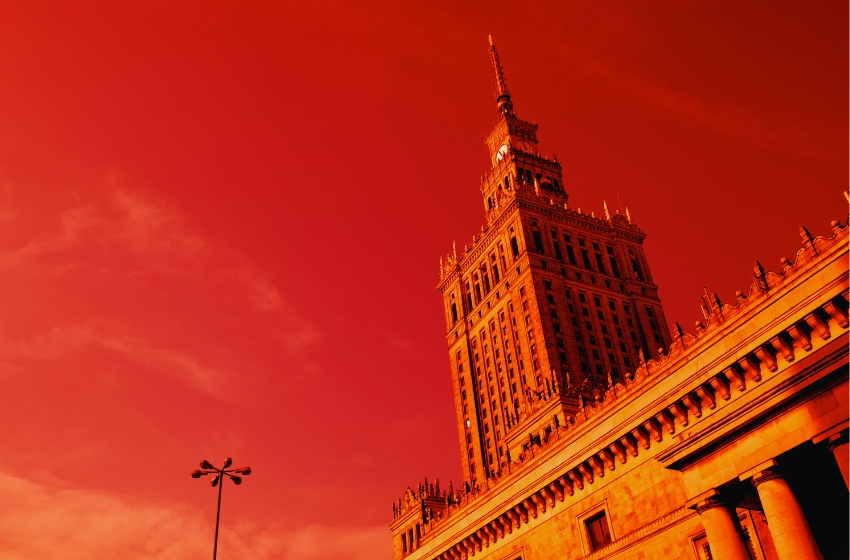Odessa Jew Misha Kogan first sold vodka to the Japanese and then released the Space Invaders computer game and conquered the world. Pixelated aliens resembling crabs and jellyfish have become a symbol of the era and spawned esports.
In Odessa
The incredible fate of Mikhail Kogan (ミãƒã‚¨ãƒ«ãƒ»ã‚³ãƒ¼ã‚¬ãƒ³, Mihaeru KÅgan) began in Odessa in 1920. He was born into the family of a Jewish shopkeeper. Less than a year later, the Jewish king of thieves Mishka Yaponchik was shot dead. Odessa passed from hand to hand: it was ruled either by the French military administration or by the Volunteer White Army, and from February 20, the Bolsheviks seized power. Misha's father did not expect anything good from the revolution.
Taking his family and selling a shop, he started to run - travelled by train and walked all of Russia and part of Central Asia to settle in Harbin, the capital of Manchuria, eventually. By the mid-1920s, more than 100 thousand emigrants from Russia lived here.

How the Japanese tried to put the Jewish conspiracy in the service of the chrysanthemum throne
Ataman Semyonov was a harsh anti-Semite, who seriously believed in a worldwide Jewish conspiracy and that the communists were working in his interests. He distributed among his troops the "Protocols of the Elders of Zion", an fake document on a Jewish worldwide conspiracy, created by Tsarist police from an ironic French treatise on the discussion of Montesquieu and Machiavelli in hell.
At the headquarters of Ataman Semyonov worked two Japanese intelligence officers and specialists in Russian affairs: Norihiro Yasue from the army and Koreshige Inuzuka from the navy. They studied the strange text and even translated it into Japanese. The Japanese intelligence officers believed in the authenticity of the Protocols. However, their conclusions from what they read were utterly different from those that Ataman Semyonov had hoped for.

If these same “Yudayahito†are so smart, rich, and powerful, they should become allies of the Japanese Empire. Better yet, serve the greatness of the Chrysanthemum Throne! The empire will still have to face a lot of Europeans and Americans who think about themselves, pushing them out of Asia. If Jews don't like them either, that's great. You need to bring them to your place and establish interaction against a common enemy.

As you might guess, the Japanese did not manage to find any "tails" of the worldwide Jewish conspiracy. Enlisting the support of Jewish capital also did not work: it was not bankers who went to Manchuria but poor migrants and refugees. And they were few and cautious: the Japanese were Hitler's allies, and Harbin was packed with White emigres and Cossacks. By the mid-1930s, the Jewish community in Harbin had even shrunk to several thousand.
And yet, tens of thousands of people were saved from the Holocaust because of the fascination of Japanese intelligence officers with conspiracy. However, the Nazis demanded that Tokyo kill all Jews and offered "methodological assistance." Norihiro Yasue was so carried away by the project that he practically lived among the Jewish community of Harbin, knew everyone there, and tried to provide the wards with everything they needed. One of Colonel Yasue's protégés was the talented young man Misha Kogan.
How a young Zionist became a Japanophile
By 1938, Mikhail became a staunch supporter of the ideas of Zionism, an activist of the local cell of the Beitar youth movement. At the second congress of the Jews of the Far East in Harbin, held under the patronage of the Japanese army intelligence, he was already seen in the company of Colonel Yasue.
In 1939, Mikhail went to Japan. He entered the prestigious faculty of economics at Waseda University in Tokyo, carefully studying the Japanese language and culture. Along the way, he helped the largest Japanese specialist in Russian philology Masao Yonekawa translate Dostoevsky.
Mikhail Kogan left no memoirs - but this meeting changed his fate. Michael combined fiery Zionism with Japanophilia, probably believing that Jews could find salvation from Nazism and anti-Semitism under the shadow of the Rising Sun. After the war, he claimed that Colonel Yasue saved 50,000 Jewish lives.
In 1944, Mikhail graduated from the university and, with the permission of the Japanese authorities, left for Chinese Tianjin, still occupied by the imperial army. The war's end looked obvious, and waiting for American bombs within Japanese cities was not a good idea.

Post-war China was a potentially significant field for commerce, if approached wisely and with the right amount of desperation. Only the Communists of Mao Zedong were gaining more and more power in the north of the country. Their views were not very favorable to the business plans.
When the civil war in China ended with the victory of the communists, Mikhail decided that he was not on his way with the Chinese Bolsheviks. In 1950, he moved to Japan again and settled in the Setagaya area in southwestern Tokyo, opening a small firm, Taiyo Toyo, selling imported goods.
How Misha Kogan taught the Japanese to drink vodka
The defeated and occupied country was gradually reviving. In 1950, war broke out in Korea. Japan has become the most important strategic pillar of the United States, their rear and supply base for its troops fighting the communists. Military orders fell on its enterprises: it was much cheaper to produce in Japan than to bring it from the United States across the entire Pacific Ocean. The recovery began to turn into an economic boom and a "Japanese miracle".
Mikhail Kogan, in 1953 renamed his business to the Taito trading company and decided to supplement imported goods with something more exotic.
After decades of rampant nationalism and a forced "return to roots and bonds," resulting in monstrous military defeat and burned-out cities, the Japanese were once again in terrible fashion in the foreign.

Once the Japanese loved everything foreign, they needed to sell something foreign to them. Misha Kogan was only a child in Soviet Russia, and yet his plan was worthy of a true Odessan.
The first product was vodka, notwithstanding it was associated with a potential enemy, the communists. Mikhail's company imported vodka from outside Japan and opened its production facility under the Troika brand. Alas, things were not going well. Accustomed to 20-degree sake, the Japanese tried to drink whiskey as a fashionable American drink, but vodka remained a complete exotic.
On the other hand, things were going better, which Mikhail first considered secondary: machine guns. First, selling peanuts in hotels, then music and games, like a pinball. He bought used machines at American military bases and leased them to Japanese establishments, where they had become fashionable by that time.
Earned a certain amount of money, Mikhail went to look for the family of Colonel Yasue, who did not return from Soviet captivity, having died in 1950 in a camp near Khabarovsk. The family was in poverty and could not even afford the symbolic funeral of the colonel according to Buddhist rituals. At first, they did not want to accept money, but Mikhail insisted, in compliance with the proper Japanese etiquette. And he became friends with the son of the colonel.
From mechanical automata to the "father" of modern computer games
By 1956, the business with machine guns was going so well that Mikhail Kogan decided to go into this area really seriously. He set up in Japan the design and manufacture of his own jukeboxes, adapted to the local market and tastes. By 1958, its developers had released the first Japanese-assembled pinball machine, which became a super hit in establishments all over the country.
In the 1960s, his company, Taito, began to dominate the Japanese mechanical arcade machine market, introducing new and increasingly unusual models for bars and entertainment centers that were in high demand among Japanese youth.

Mikhail was one of the first to understand the gigantic potential of the barely nascent idea of ​​computer games. His company began large-scale work in this direction. In 1973, it changed its name to Taito Corporation - and launched the first slot machines with electronic games on the Japanese market. It was Elepong, a variation on the tennis game Pong, last year's hit by the American Atari, also seen on Soviet slot machines. Throw a coin - and with a friend drive carts around the edges of the screen, tossing a square pixel "ball".
Legend has it that around 1973, the first electronic machines were brought to Japan from the United States. It was a tennis simulator, where the player controlled the racket through the joystick and could hit the ball. In fact, it was the first Pong computer protogame created for arcade slot machines.
The developer of Pong was the prodigy engineer Nolan Bushnell, who tried to create games in the computer lab of the University of Salt Lake City in the late 60s. For his debut brainchild - a semblance of space shooter Spacewar! - the participation of machines was required, occupying one large room in size. The idea was then rejected, it turned out too costly - and then Bushnell undertook to improve the devices and algorithms. Atari was born and its first product, Pong, put Bushnell among the "50 Men Who Changed America" ​​by Newsweek magazine.
By releasing several sports and racing games, Taito won its grand prize. In 1978, developer Tomohiro Nishikado created, and Mikhail Kogan launched the game Space Invaders into large-scale production. Nothing too complicated: the player controls a gun moving along the bottom of the screen, which must have time to shoot hordes of jellyfish-like space aliens creeping from the sky.
- After the appearance of Space Invaders, 100 yen coins became scarce throughout Japan because they were used in slot machines.
- Taito provided space and equipment for students from the University of Tokyo. The success of Space Invaders inspired the guys so much that they started creating their own games, and the company hired them.

However, for 1978 it was an incredible breakthrough. It was Space Invaders that caused the worldwide excitement of computer games, swept the entire planet and became the first killer app, causing a fourfold increase in sales of the first Atari game consoles, which bought the rights to American localization from Taito. This game was the last stone that unleashed on our world an avalanche of universal passion for computer games that flooded the United States in the 80s, and the rest of the planet in the 90s.
And Misha Kogan from Odessa is “to blame†for everything. And the Japanese ladle Yaseu, who had read the "Protocols", became the best friend of the Jewish community of the empire instead of the anti-Semite.
The corporation then had many other hits, but the revolutionary success of Space Invaders was not surpassed by Taito itself or other companies. It is no coincidence that the alien pixel jellyfish is still considered by many to be a universal symbol of computer games as a phenomenon.
- Other Space Invaders' inspirations include Shigeru Miyamoto (creator of the Donkey Kong, Super Mario, Legend of Zelda franchises), John Romero and John Carmack (creators of Doom), Warren Spector (Ultima, Deus Ex, System Shock) and Hideo Kojima (genius).
- Taito released games that were original for their time: the Bubble Bobble series, the Don Doko Don miniseries, Arkanoid, Jungle Hunt, Puzznic, Operation Wolf and Puzzle Bobble. These are platformers, dice games and rhythmic arcade games.
- In 2008, the game was included in the Guinness Book. It is also believed that it was Space Invaders that became the forerunner of modern esports. Back in the early 80s, enthusiasts began to organize the first championships and find out who would kill more aliens.

Today
Mikhail Kogan died in 1984 of a heart attack while on a business trip to the United States. As far as we know, he was buried in Israel according to the Jewish rite. His ten billion yen inheritance is the largest for a non-Japanese in the country's history. His children were not so imbued with love for Japan and left for the USA and Europe.
His son, Abba, lives in Monaco. His daughter, Rita, lived in Southern California and was married to Richard Edlund, founder of Boss Film Studios and an Academy Award-winning Visual Effects Supervisor. As of 2005 she maintained an 8.50% holding of Taito stock. Rita died in 2019.
The Taito Corporation has since fled into the shadows of giants like SEGA and Nintendo. And yet, its place in the development of computer games will forever remain in the history of culture and the entertainment industry. Like the name of Mikhail Kogan, an Odessa Jew who became one of the most successful Japanese entrepreneurs.




















